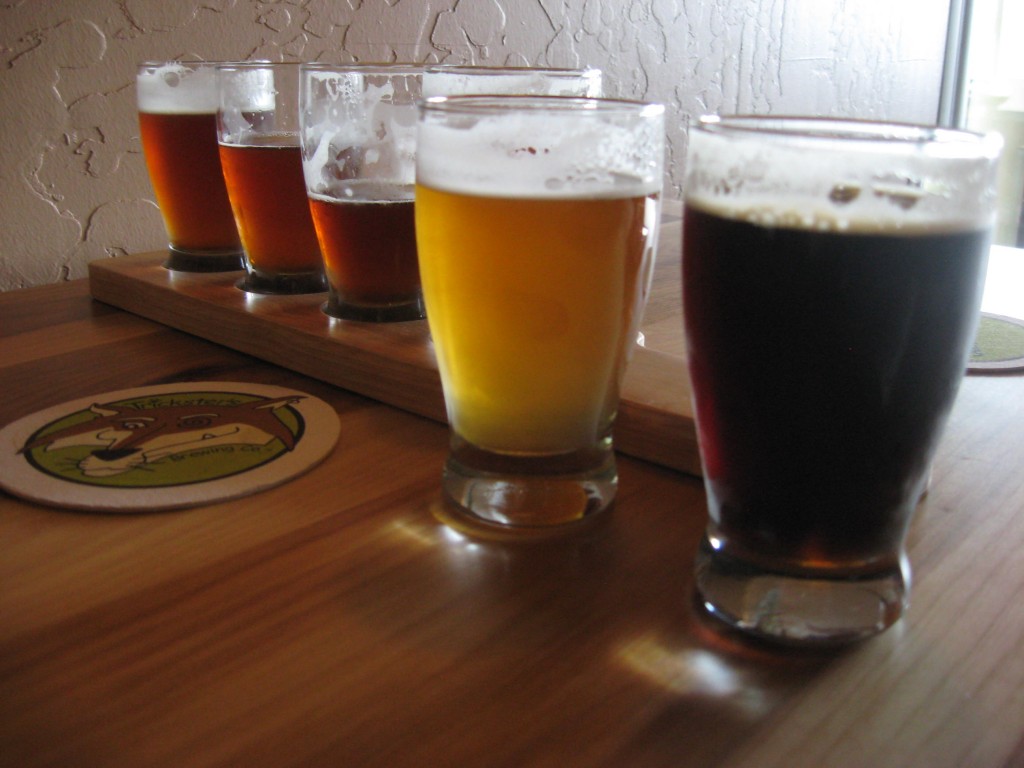
Dear Mr. Jim Caruso of Flying Dog Brewery,
My name is Kaleigh Leingang. I am a 24-year-old journalism school dropout who found her way to the beer industry by accident.
I am small and insignificant in comparison to you, the CEO of a successful brewery. You may very well glance over this letter, roll your eyes, and stop right here. Whatever you decide, I have a duty as a woman who works for the beer industry to speak up when something is not right.
I am terribly afraid to inform you that you have grossly misunderstood the point of the Brewers Association’s updated Marketing and Advertising code if you are calling the new policy a “thinly veiled side door to censorship.â€
From what I gather, you’re upset mostly with the following:
“Beer advertising and marketing materials should not: …..
i. contain sexually explicit, lewd, or demeaning brand names, language, text, graphics, photos, video, or other images that reasonable adult consumers would find inappropriate for consumer products offered to the public;
j. contain derogatory or demeaning text or images.â€
It’s just a guess that this is the clause you are most concerned with, considering one of your most popular brands is a beer called “Raging Bitch.†I’m sure you’ve recognized that this is clearly a beer name that a reasonable adult consumer (FYI: women fall under this category too) may consider inappropriate. I know, I know, I’ve read all about you defending our first amendment rights (which is great, go ahead and put questionable content on a bottle of beer, just don’t whine when a significant population of consumers or fellow industry mates have opinions about it), that your female employees don’t care about the beer’s name, etc.
Want to read more? Please click…Â




 FACT: Â Hazy beers have been made for over two decades. They were not even uncommon.
FACT: Â Hazy beers have been made for over two decades. They were not even uncommon.





You must be logged in to post a comment.